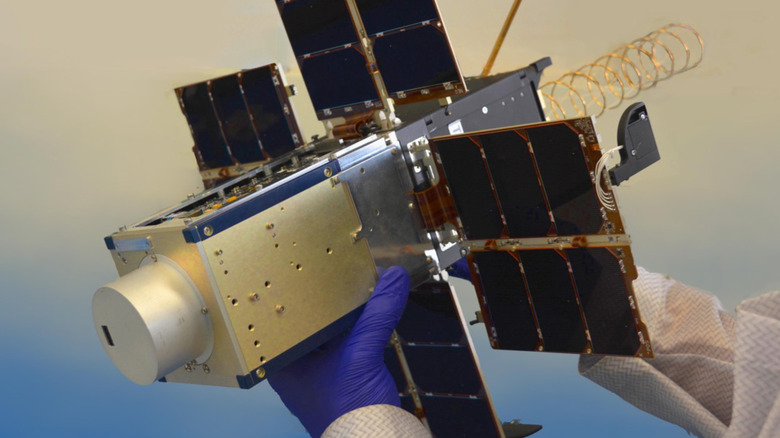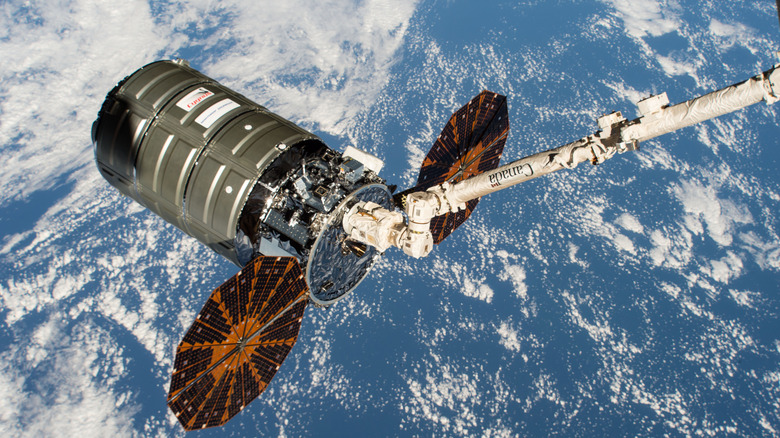NASA's NACHOS Instrument Could Predict Volcanic Eruptions
NASA is launching a new instrument which could help predict the eruptions of volcanoes by observing Earth from space. The tiny satellite, weighing just 13 pounds (6 kilograms), could be the first step toward a new Earth-monitoring system to protect people from dangerous eruptions.
The new instrument, the Nanosat Atmospheric Chemistry Hyperspectral Observation System or NACHOS, is a type of small satellite called a CubeSat. These tiny satellites, just a few tens of centimeters on each side, are lightweight and relatively cheap and easy to launch. In recent years, they have become an affordable way to do space research, and developments in technology mean more and more capabilities can be packed into the small space.
This particular CubeSat was launched along with supplies for the International Space Station on a Northrop Grumman Cygnus spacecraft on February 19, 2021. It will be deployed into orbit around Earth, at 300 miles (480 kilometers) from the surface. It will observe trace gases over a small area, covering around 0.15 square miles.
By looking for particular gases such as sulfur dioxide (SO2) or nitrogen dioxide, researchers hope they may be able to develop technology for spotting volcanic eruptions.
"A dormant volcano just waking up may emit SO2 before there is any detectable seismic activity," said Steve Love, a researcher and task lead with the Space and Remote Sensing Group at the Department of Energy's Los Alamos National Laboratory (LANL) (via NASA). "That gives us a chance to identify a potentially erupting volcano before it actually blows."
An Earth-observation system
If the technology in this CubeSat is effective, it could be followed up by future systems which could observe across much greater areas of the Earth, particularly where volcanic activity is concentrated. By spotting eruptions before they happen, a system would be able to provide warnings to people on the ground to get to safety.
"When we recognize that these gases are present and can localize their sources on a sub-kilometer scale, we have the opportunity to take action and minimize negative health outcomes," said Love (via NASA).
This is possible using NACHOS because of developments in instruments like its hyperspectral imager which can gather high-resolution data from the surface. Such instruments used to be large and bulky, but the CubeSat holds an ultra compact version of the instrument. The small size and lighter weight make fitting out a satellite more feasible. "More power and less weight set NACHOS apart and make it an excellent candidate for future atmospheric trace gas missions," said Love.
Currently, NACHOS is still on board the Cygnus spacecraft which carried it into orbit, which is berthed at the International Space Station. In May this year, the spacecraft will unberth from the space station and deploy the satellite into low-Earth orbit. Then the team will spend three months preparing the satellite before its science mission begins. They hope that NACHOS will remain in orbit and collecting data for around one year.

